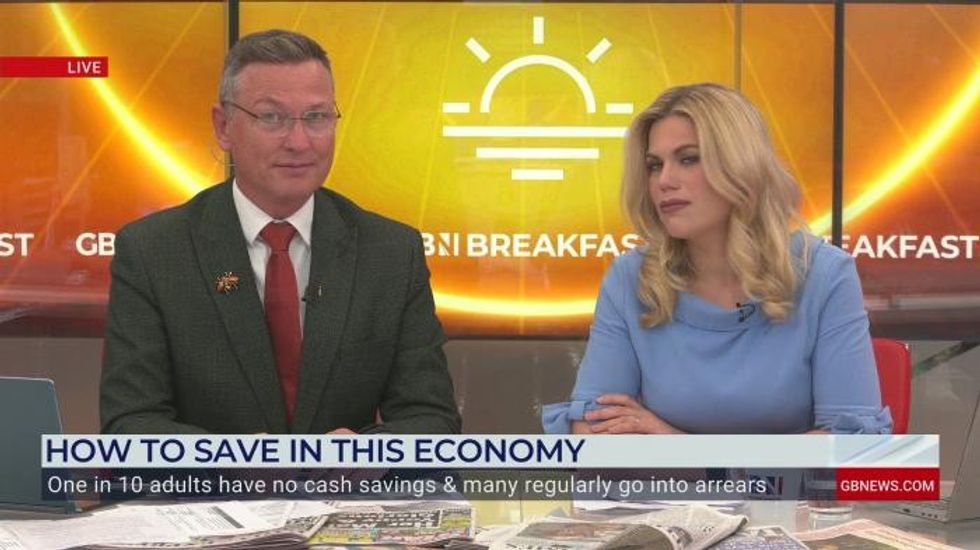
UK government borrowing hit £20.2 billion last month, exceeding forecasts and marking the fourth-highest April figure on record, according to new data from the Office for National Statistics (ONS).
It comes as the U.K. 30 Year Gilt has also risen to it’s highest level since 1998, hitting 5.543 per cent yesterday.
The rise was driven by a sharp increase in central Government spending, which climbed by £4.2bn compared to the same month in 2023. This was largely due to higher public sector wages and rising costs from inflation.
Government borrowing has surged to its highest April level since 1998, wiping out what little fiscal headroom Chancellor Rachel Reeves had left.
Yields on UK bonds are relatively high and have risen even further following the largest jump in inflation since the height of the inflation crisis in October 2022, increasing the interest the Government must pay on its borrowing.
The OBR has warned that the interest on debt could exceed £100bn a year until the end of this Parliament. This would be a considerable burden on public finances.
Professor Joe Nellis is economic adviser to MHA, the accountancy and advisory firm said: “The Chancellor should scrap her fiscal rules if she is serious about growth
“Public sector spending has continued to significantly exceed income in April, leading to a spending deficit covered by borrowing of £20.2bn. This is an increase on the £16.4bn recorded in April and is a concerning figure for the Chancellor as it continues to put strain on her slim fiscal headroom.”
Despite hopes for a boost to the economy following this week’s UK-EU deal, growth forecasts remain low.
Low growth results in lower tax revenues and lower Government income, making it almost impossible for the Chancellor to balance public spending and revenue without growth-inhibiting tax raids.
Wallisa warned: “Of the Government’s two economic goals — cutting the deficit and creating a growing economy — they must prioritise growth.
“To do this, the Chancellor should scrap her fiscal rules to enable public and corporate investment and focus on recalibrating the economy onto a positive path to growth.”
ONS deputy director for public sector finances Rob Doody said: “At £1 billion higher than the same time last year, this April’s borrowing was the fourth highest for the start of the financial year since monthly records began more than 30 years ago.
“Receipts were up on last April, thanks partly to the higher rate of National Insurance contributions. However, this was outweighed by greater spending, due to rising public services’ running costs and increases in many benefits and state pensions.”
This is a breaking story … more to follow
The UK government borrowed around £151.9 billion in the 2024/25 financial year. This is less than half the £314.6 billion borrowed in 2020/21, when pandemic lockdowns slashed tax revenues and triggered a surge in public spending to support services and households.
The Government raised £4 billion this week by selling 30-year bonds, and demand looked strong as investors placed £75 billion in orders, thanks to a high 5.4 per cent interest rate. But experts say this headline success hides a worrying trend.
The issue is that long-term investors, like pension funds and insurers, aren’t as keen on buying these ultra-long bonds as they used to be. Many already hold enough long-dated debt and don’t want more. At the same time, new buyers aren’t stepping in, even with higher returns on offer.
That’s a problem because the UK relies on selling long-term debt to spread out the cost of borrowing. If fewer investors want to buy it, the government could face higher borrowing costs in future or struggle to sell as much as it needs.
